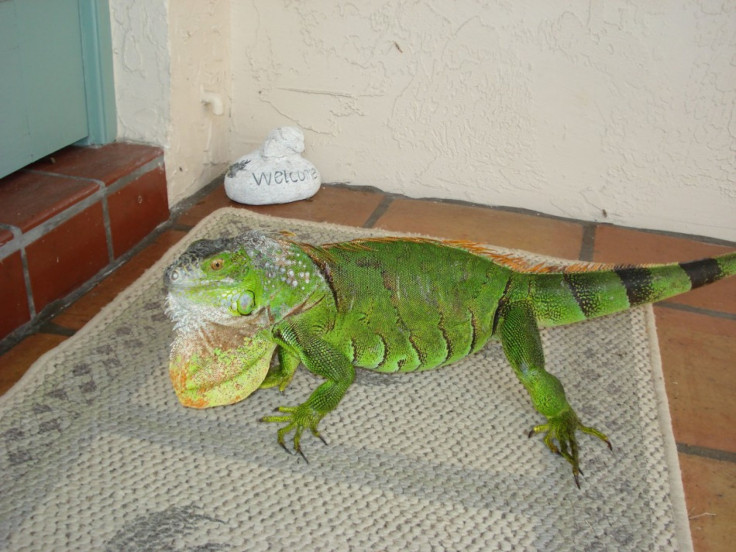Report: Florida has the Worst Reptile Problem in the World

The State of Florida has a terrible reptile problem according to recent research from the University of Florida.
The research states that from 1863 through 2010, 137 non-native amphibian and reptile species were introduced to Florida -- the largest amount of any area in the world. Twenty five percent of the new reptiles came from a single, unnamed importer.
Most people in Florida don't realize when they see an animal if it's native or non-native and unfortunately, quite a few of them don't belong here and can cause harm, said Kenneth Krysko, herpetology collection manager at the Florida Museum of Natural History on the UF campus.
This kind of introduction can have a damaging affect on the native land. The researchers say the new species can cause ecological and environmental harm to human health. In addition, the new species may find themselves competing with the native species and even eating them.
We have a lot of small little native tree frogs but when the introduced Cuban Tree Frog came in, and that species is much larger by the way, it seems that where the Cuban Tree Frog is now found, the smaller native tree frogs no longer exist or they have declined considerably, said Krysko.
Other examples of the newly introduced species causing harm are iguanas that destroy cement walls as well as Burmese pythons in the Everglades that eat protected species. Because of Florida's warm weather climate, these new species are able to survive and thrive.
No other area in the world has a problem like we do, Krysko said about the Sunshine State.
Even though introducing a new species without a permit is illegal, it's hard to prosecute the perpetrators because they must be caught in the act. The researchers say no one in Florida has been prosecuted for the establishment of a non-indigenous animal.
Fifty six of the species that have invaded are already established. This includes 43 lizards, five snakes, four turtles, three frogs and a caiman, a close relative of the American alligator. The first incident in 1863 occurred when the greenhouse frog, native to the West Indies, was introduced to the state. Cargo ships coming from Cuba in the early 20th century until about the 1940s accounted for a lot of the introduced species. Recently, the blame falls on the pet trade industry says the researchers.
It's like some mad scientist has thrown these species together from all around the world and said, 'hey let's put them all together and see what happens,' Krysko said.
The researcher includes work from 12 co-authors throughout the state and will appear in the journal Zootaxa.
© Copyright IBTimes 2024. All rights reserved.











